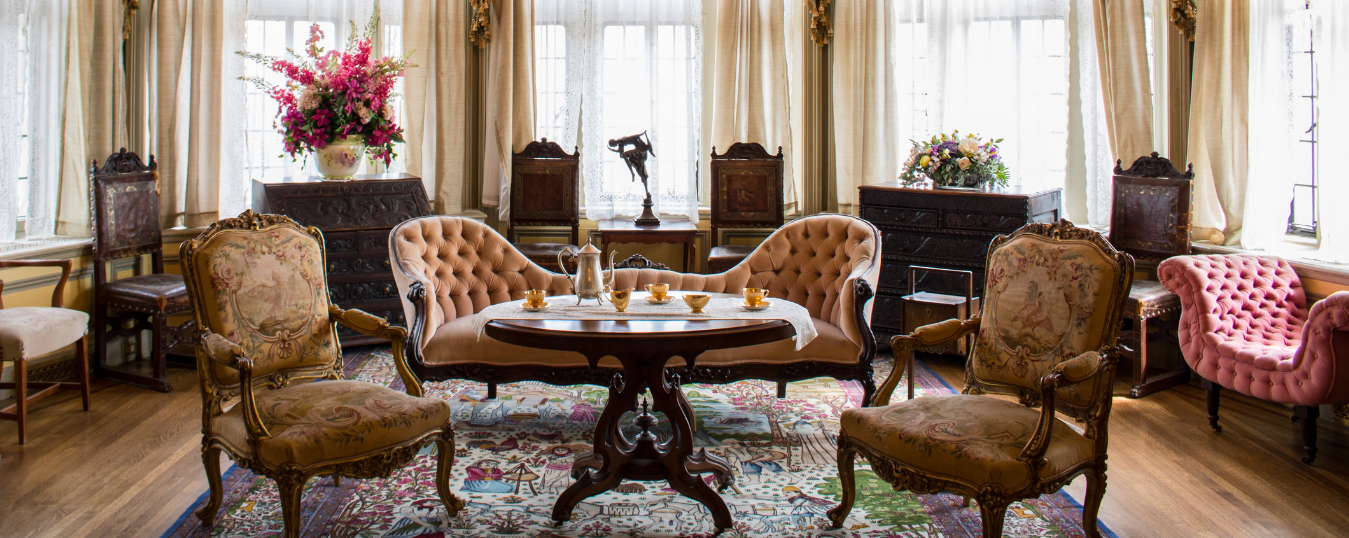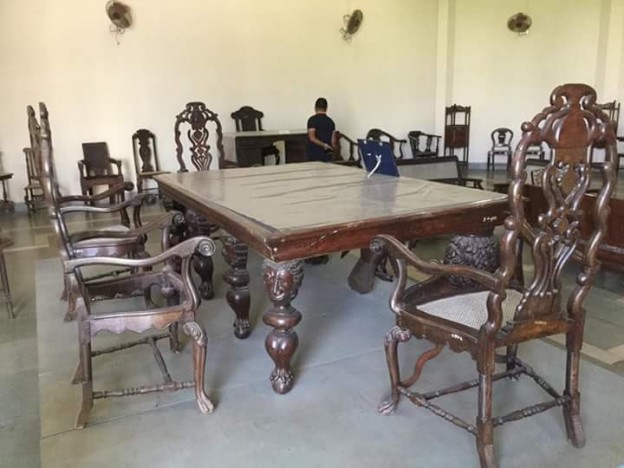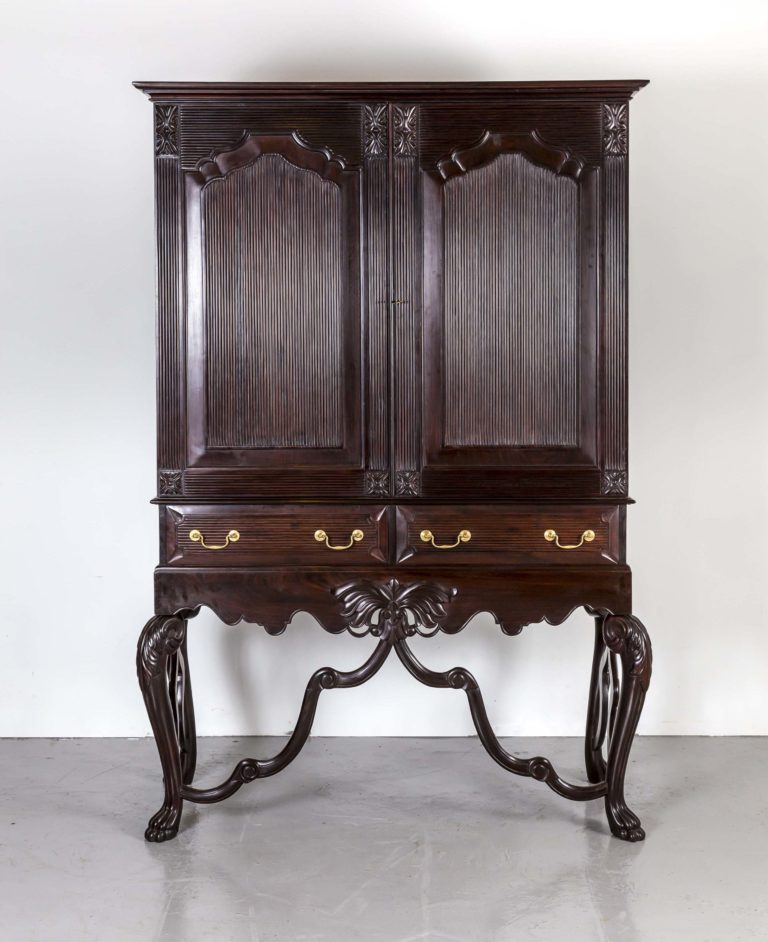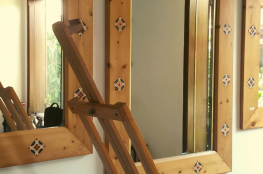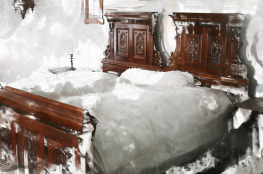Indo- Portuguese furniture is the enduring legacy of the creative collaboration between the east and the west. Some of us were lucky to have these pieces of historical artistry passed down to us, while some of us acquired it out of a passion for antique relics. Whatever may be the case, these pieces have probably been around longer than our parents, they require special care to preserve them for our next generation to see.
Before getting into how to care for them, let us first know what they are and where they come from:
What is Indo- Portuguese furniture?
Contrary to popular belief colonial furniture was started by Portuguese in the 1500s. When the Portuguese arrived at India they found that Indians did not have the tradition of ‘elevated’ furniture.
Indians dined and socialized while sitting cross-legged on the floor, either on exquisitely woven carpets, dhurries or other floor coverings. Furthermore, there was no infrastructure at that time to create furniture.
Portuguese then started importing furniture from their homelands as they settled in. later, as they noticed that local artisans are skilled handicraftsmen they started manufacturing the furniture right here in our homeland.
Indo-Portuguese Furniture style
As you read earlier the Portuguese with the help of local artisans started manufacturing furniture in Goa. The Goan craftsmen created a distinct style which is distinguished in the history of furniture. While the basic shape of the furniture has a European origin, the motifs and decoration are often Indian.
Many Goan fruits such as Cashew and Churna can be seen depicted in the design of the handmade antique furniture in Goa.
The care and preservation of antique furniture:
1. Keep furniture out of the sun
UV rays are extremely damaging to all the antique furniture. Pieces with a lovely clear finish will go yellow in direct sunlight. To avoid this, it is best that you keep your curtains or shades closed to block out harmful rays of sunlight. The sun tends to dry out the wood and cause it to crack and age.
2. Keep furniture away from Air Cons or Heaters
It is best if you keep your antique furniture away from heaters, air vents, and air conditioners. High heat causes furniture glue to loosen. They also upset veneer, inlays, and the make-up of the piece. Humidifiers are the only beneficial thing for furniture as they keep the air at even temperature.
Although, too much moisture can cause the wood to expand and contract which in turn affects the ease of movement of drawers and doors. It also allows mold to start growing, rot to set in and insects appearing.
3. Watch out for Insects
Upholstery made of materials such as horsehair on pieces of furniture made from either wood or leather tends to make an ideal home for pests and other insects, like termites and beetles. They make their way along the grain of the wood and leave a trail of sawdust called Fras. Some types of insects leave ugly exit holes. The sooner these pests are noticed, the sooner they can be treated by an expert.
As for the upholstery itself, it can be damaged by small rodents when nesting. Obviously, you need to eradicate these animals as quickly as possible before any great damage has taken place.
4. Popular Furniture Wood
Furniture woods like maple and cherry were extremely popular around the 18th and 19th centuries. To give them the appearance of mahogany they were stained, as it was imported and more expensive, and more in demand than light brown wood. Oil on the furniture will over time turn it black.
5. The truth about Furniture Oil
Here’s a fact a lot of you don’t know—wood doesn’t dry out due to lack of oil but due to lack of moisture. Keeping this antique furniture in the hot and dry attic is no longer a good idea. Using lots of furniture oil on your antiques will eventually leave them covered in dirt and dust, although it may look good for a while.
What is the next best thing? Coat your furniture with furniture wax or butcher’s wax, both of which contain bee wax, that preserves the wood and protects it from any lurking moisture. This layer will protect the furniture and not leave a ring when a wet glass is placed upon it.
We hope these tips will help protect your precious antique furniture. If you’re in the market for some amazing fusion yet classy furniture head over to our gallery at Velha Goa to discover some of the most unique products and décor for your lovely homes.

